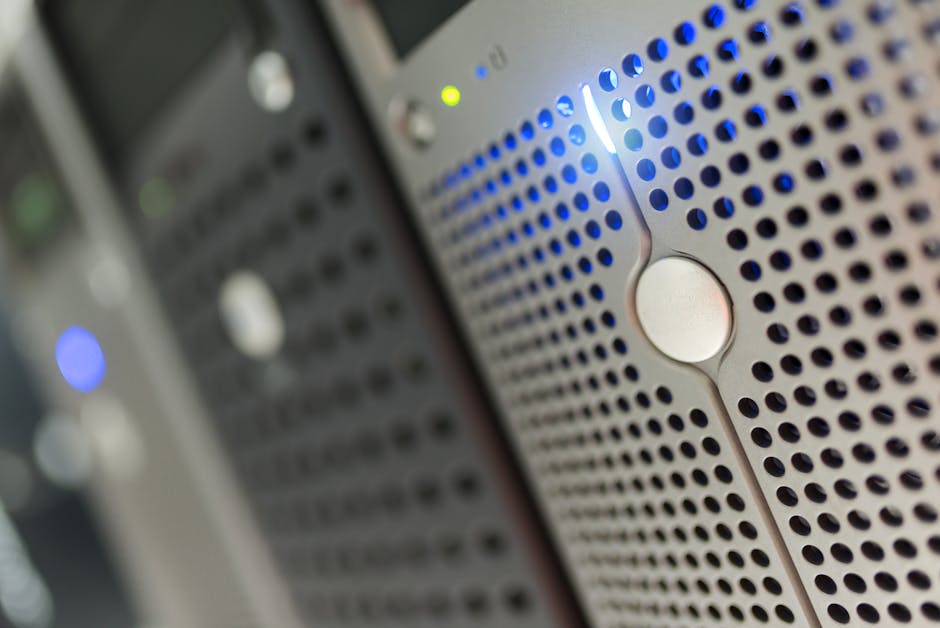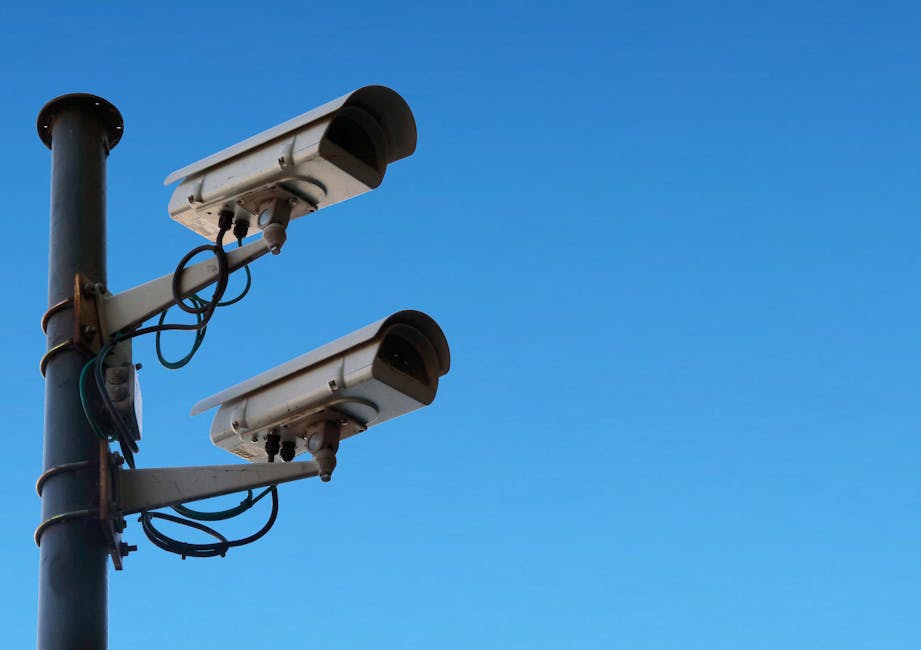SaaS SOC 2 Compliance: Enhancing Data Security in the Cloud Era
“In today's digital landscape, SaaS providers must prioritize data security to maintain customer trust. This article delves into SOC 2 compliance, its significance for cloud-based services, and how it enhances workplace security while streamlining operations for IT professionals and business leaders. ”

SaaS SOC 2 Compliance: Enhancing Data Security in the Cloud Era
In an age where data breaches and cyber threats are increasingly common, the question "Is my data safe?" has become a critical concern for businesses and individuals alike. For Software as a Service (SaaS) providers and IT professionals, the answer to this question lies in SOC 2 compliance. This article explores the importance of SOC 2 certification for cloud-based services and how it enhances data security and builds trust in the digital ecosystem.

Understanding SOC 2 Compliance
SOC 2, which stands for System and Organization Controls 2, is a framework developed by the American Institute of CPAs (AICPA) to ensure that service providers securely manage data to protect the interests of their organization and the privacy of their clients. SOC 2 is built around five trust service principles:
- Security: Protection against unauthorized access
- Availability: System accessibility as agreed with customers
- Processing Integrity: Accurate and timely data processing
- Confidentiality: Maintaining commitments to customer confidentiality
- Privacy: Compliance with the organization's privacy policy
There are two types of SOC 2 reports:
- Type 1: Focuses on the design of controls at a specific point in time
- Type 2: Covers both the design and operating effectiveness of controls over a period of time
The Importance of SOC 2 Compliance for SaaS Providers
SOC 2 compliance is crucial for SaaS providers for several reasons:
-
Building Trust: It demonstrates a commitment to data security and privacy, which is essential for building and maintaining customer trust.
-
Competitive Advantage: In a crowded SaaS market, SOC 2 compliance can be a significant differentiator, especially when dealing with security-conscious clients.
-
Risk Management: The process of achieving and maintaining compliance helps organizations identify and address potential security risks proactively.
-
Streamlined Operations: Implementing SOC 2 controls often leads to improved internal processes and more efficient operations.

Implementing SOC 2 Compliance in SaaS Environments
Achieving SOC 2 compliance involves several key steps:
-
Scoping: Determine which trust service principles are relevant to your organization and services.
-
Gap Analysis: Assess current systems and processes against SOC 2 requirements to identify areas needing improvement.
-
Control Implementation: Develop and implement necessary controls to address identified gaps.
-
Documentation: Create comprehensive documentation of all policies, procedures, and controls.
-
Employee Training: Ensure all staff members understand their roles in maintaining compliance.
-
Continuous Monitoring: Implement systems for ongoing monitoring and improvement of security controls.
-
Audit Preparation: Engage with a qualified third-party auditor to conduct the SOC 2 audit.
Benefits of SOC 2 Compliance for IT Professionals
For IT managers and professionals, SOC 2 compliance offers several advantages:
-
Enhanced Security Posture: Implementing SOC 2 controls strengthens overall cybersecurity defenses.
-
Improved Incident Response: SOC 2 requirements often lead to better incident detection and response capabilities.
-
Streamlined Vendor Management: SOC 2 compliance simplifies the process of evaluating and managing third-party vendors.
-
Regulatory Alignment: Many SOC 2 controls align with other regulatory requirements, making overall compliance easier to manage.

Challenges in Achieving and Maintaining SOC 2 Compliance
While the benefits of SOC 2 compliance are clear, there are challenges to consider:
-
Resource Intensity: Achieving and maintaining compliance can be time-consuming and resource-intensive.
-
Continuous Monitoring: SOC 2 requires ongoing monitoring and updates to ensure continued compliance.
-
Complexity: The nuances of SOC 2 requirements can be complex, especially for smaller organizations.
-
Balancing Security and Usability: Implementing strict controls while maintaining user-friendly services can be challenging.
The Future of SOC 2 and Cloud Security
As cloud adoption continues to grow, the importance of SOC 2 compliance is likely to increase. Future trends may include:
-
Integration with AI and Machine Learning: Automated compliance monitoring and risk assessment tools.
-
Expanded Scope: Inclusion of new security considerations as technology evolves.
-
Increased Standardization: Greater alignment with other global security standards.
-
Focus on Privacy: Enhanced emphasis on data privacy controls in response to evolving regulations.
Conclusion
SOC 2 compliance is more than just a checkbox for SaaS providers; it's a fundamental aspect of building trust and ensuring data security in the cloud era. For IT professionals and business leaders, understanding and implementing SOC 2 principles is crucial for managing workplace security and maintaining a competitive edge in the digital marketplace.
By prioritizing SOC 2 compliance, organizations not only protect their customers' data but also streamline their operations and build a foundation for sustainable growth in an increasingly cloud-dependent world. As the digital landscape continues to evolve, SOC 2 will remain a key indicator of a SaaS provider's commitment to security, privacy, and operational excellence.